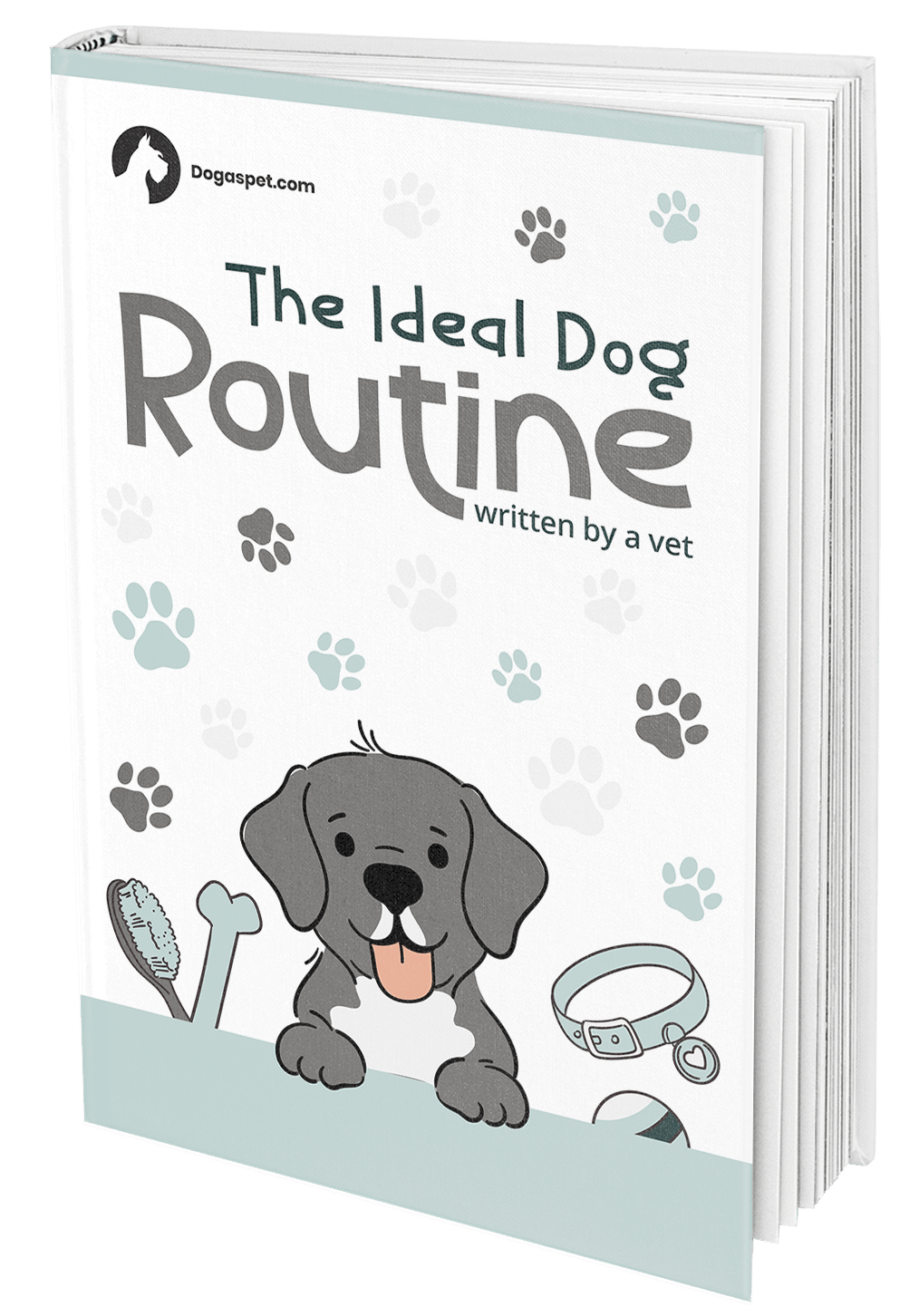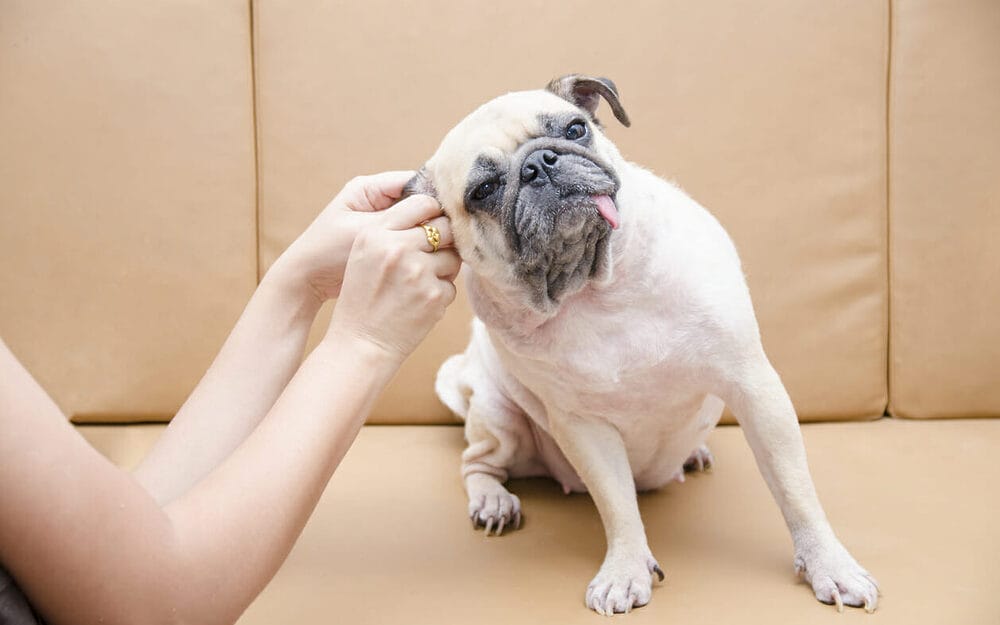
Ear plucking? If this is the first time you’ve ever heard of it, don’t worry, it’s not nearly as violent as it sounds. Maybe we should introduce it as dog ear hair plucking. That sounds way less scary, doesn’t it?
A lot of dog owners know to comb out their dog’s coat, brush the pooch’s teeth, trim the nails, etc, but how many engage in ear plucking?
It can be quite important for some breeds to get their ears regularly groomed. Does your beloved canine fall into that category? Let’s find out.
What Is Ear Plucking for Dogs?
Dog ear plucking is a grooming technique meant to remove hair from a dog’s ear canal. Just like us, a dog’s ears have fine little hairs within that trap dirt, dust and grime. Also just like us, sometimes there will be buildup (hello earwax) and it can cause discomfort and even lead to infection.
Regular ear plucking can help to avoid ear infections and an overabundance of yucky stuff in the ears that can even cause unpleasant smells in your dog.
To Pluck or Not to Pluck? – 7 Dog Breeds That Need It
Ear plucking is definitely necessary, but not all breeds need it. In fact, removing the ear hair in a breed that doesn’t need the procedure could cause an adverse effect. Your dog will no longer possess the tools needed to prevent dirt and dust from getting into his ear.
Generally, breeds with long and floppy ears are the ones that need special attention. Here are the top breeds that may require ear plucking, but also keep in mind that not every dog within these breeds will as the need will vary from dog to dog. If you have any questions, your vet will know best!
Basset Hounds

The first dog with floppy ears that comes to mind is the basset hound. Don’t let their confused and adorable faces mislead you as this breed has an excellent sense of smell, as many hounds do. This breed is often used for scent work because its nose is only second to the bloodhound.
The distinguishing features of the basset hound include short legs, an elongated body, and long floppy ears. Their ears are down almost 100% of the time, which leads to moisture buildup, a leading cause of ear infections. So, if you have a basset hound at home, it may be time for a pluckin’.
Cocker Spaniels/Cavalier King Charles Spaniels
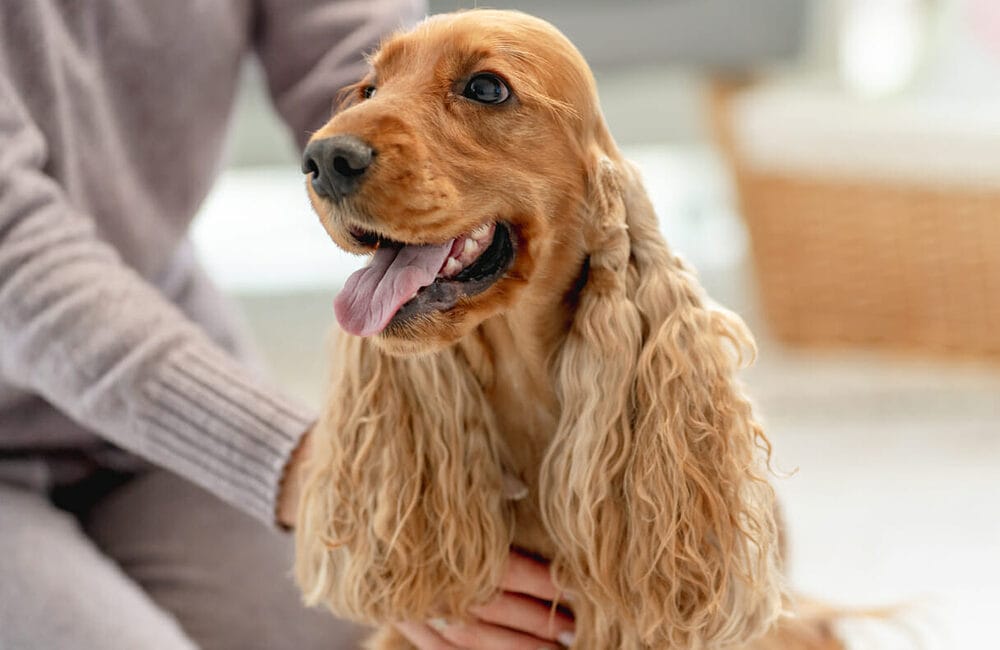
A lot of Spaniels such as the beloved Cocker Spaniel and Cavalier King Charles Spaniel also require ear maintenance. Like the basset hound, these Spaniels also have long, soft, and floppy ears that cover the ear canal and trap moisture. Moisture can lead to infections, and the buildup of bacteria and parasites, which can cause an unpleasant odor to emanate from your dog’s ears.
It can be said that it’s even easier for Spaniel ears to trap moisture due to the longer fur. If you have a Spaniel at home, lift up his or her ears and give it a whiff. Is it time to do some plucking?
Maltese

Even the tiny Maltese, the all-white, adorable and sweet little pups can’t escape ear plucking. They too possess floppy ears, and even though it isn’t as droopy as breeds like the basset hound, some Maltese will also need their ear hairs plucked.
Maltese dogs have long and luxurious flowing coats, which also extend to their ears. The silky fur is nice to braid and to give little pigtails to your dog, but the downside is the maintenance. Try to keep your Maltese’s ear hair short and go into the groomer’s for a pluck once in a while if necessary.
Afghan Hounds
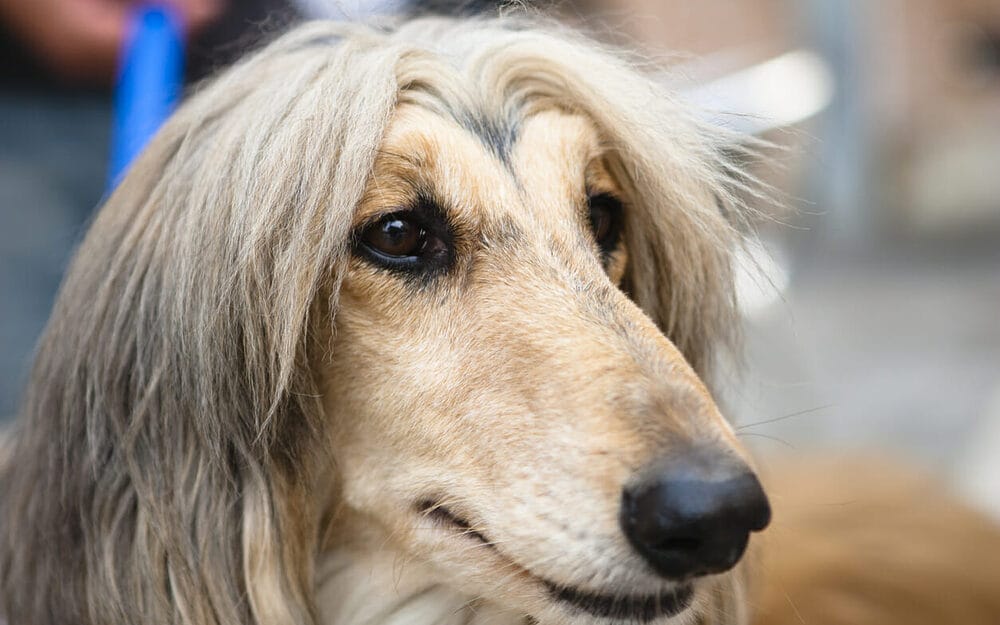
Speaking of long and luxurious locks, we also have the Afghan hound on the list that has silken hair that can rival any Garnier model. Like the Maltese, the downside to having a gorgeous mane is the possibility of ear infections.
Afghan hounds also have long droopy ears, which is what gives them the impression of having a long weave that frames their face.
You don’t have to remove all the hair in the ear canal, but just enough so there can be better air circulation to combat moisture. This is especially important after a bath.
Lhasa Apsos
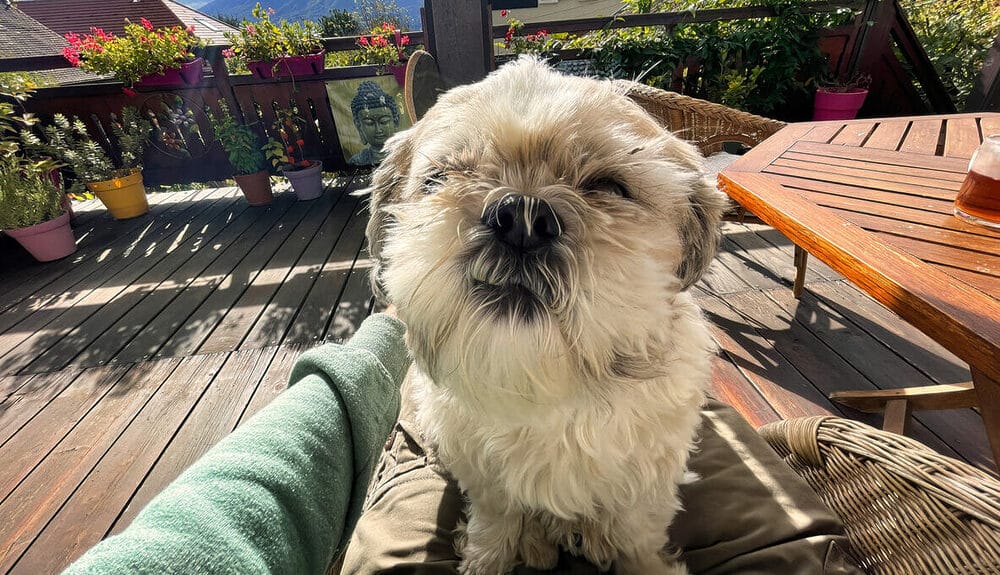
Many dogs that can sport pretty hairdos have a pretty big chance of needing ear hair plucking, and the Tibetan Lhasa Apso is no exception. The beautiful but heavy ear hair inside and out is excellent at trapping moisture, which is the primary issue with all of these breeds.
Even if you do pluck the ear hairs regularly, it’s still important to make sure the ears are clean. This goes for all dogs and not just ones like the Lhasa Apso with longer locks.
Poodles

Poodles are a very popular breed in many countries due to their even temperaments and sensitivity, which makes them excellent support dogs. We also see many poodle mixed breeds such as the Labradoodle, Goldendoodle, Cockapoo, Schnoodle, Yorkiepoo, and more. Aren’t mixed-breed names just the cutest?
Poodles and a lot of their mixes also have droopy ears and long hair that can grow inside the ear canal. The common thread between all of the breeds we have on our list is long hair on floppy ears that prevent proper airflow – leading to infections. So before a little canoodle your poodle (and its mixes), check his ears!
Shih-Tzus
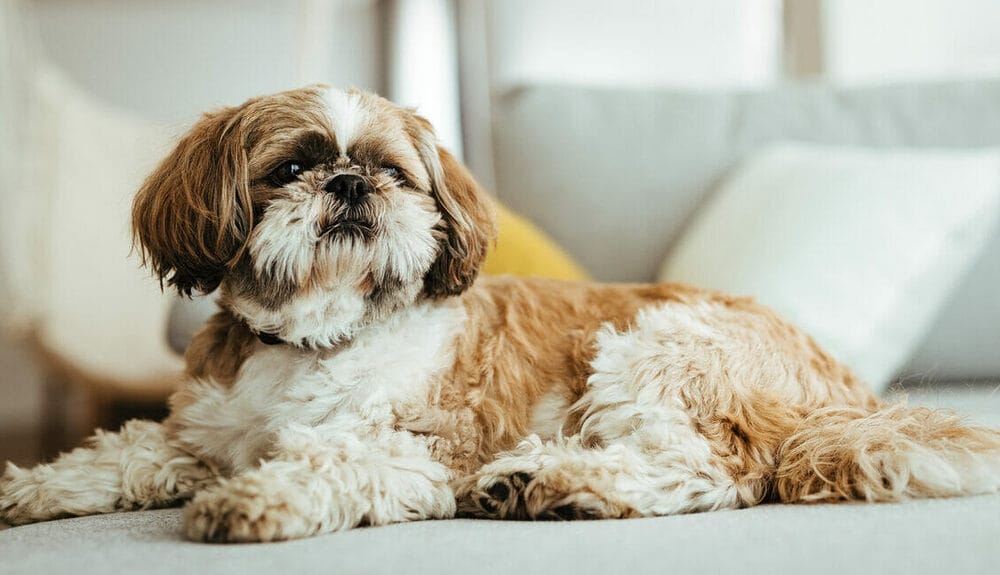
There are many other breeds with long floppy ears and lengthy fur, but we’re rounding out our list with the Shih-Tzu because we’re pretty sure you get the picture. Shih-Tzu mixes like the Shih-Poo, the adorable hybrid between a Poodle and Shih-Tzu will also require extra ear care.
Aside from trapping moisture in their ears, it’s also harder for dog owners of Shih-Tzus and the other breeds on our list to clean this type of ear.
Ear hair in the canal can irritate your dog if it grows too long. You will see your pooch constantly scratching at their ears with their hind legs, often accompanied by satisfied groans.
That’s when you know things are getting itchy and it’s time to take a look.
5 Benefits of Ear Plucking
It doesn’t matter the dog’s breed, size, gender, color, or anything, keeping your dog’s ears clean will only bring benefits. Check your dog’s ears and even give them a quick sniff from time to time to make sure everything is squeaky clean.
Ear plucking and general ear care can:
- Prevent infections
- Improve general airflow to the ears
- Make regular ear cleaning easier
- Keep your dog comfortable and happy
- Make it easier to inspect the ears for abnormalities
Dog Ear Plucking Risks
If you don’t know what you’re doing, don’t do it. Not even if you have a YouTube tutorial ready to go. A dog’s ears are very sensitive, so leave the job to the groomer or even the vet if your groomer is inexperienced.
If you overpluck your dog’s ear hair, it can cause trauma to the ear canal, which can create the opposite effect you want and cause inflammation. We don’t mean to scare you, but severe inflammation that isn’t treated can lead to hearing loss.
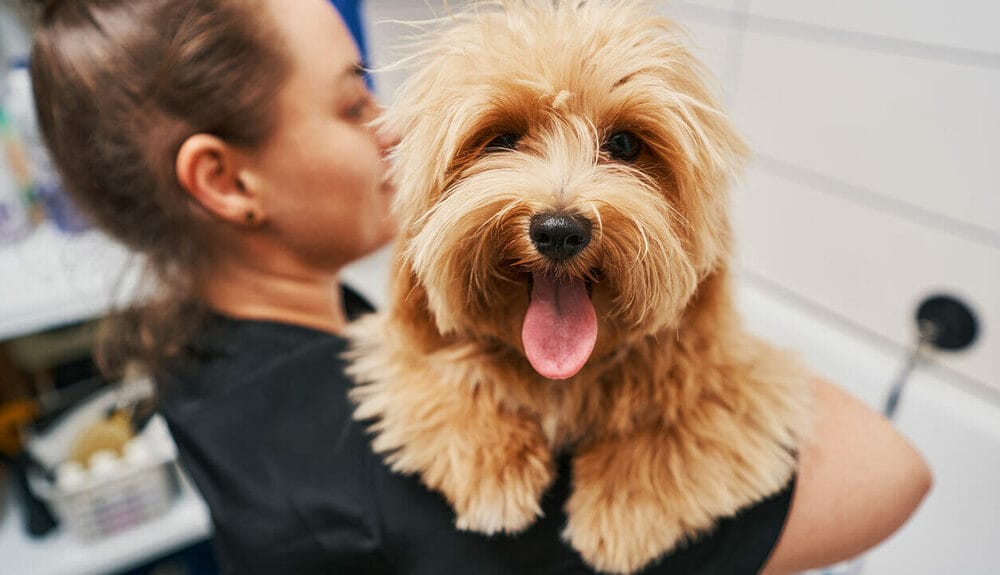
Plucking your dog’s ear hair exposes the hair follicle, which can be likened to a teeny tiny wound if it’s done too hard. Bacteria can penetrate the pore and lead to irritation, or in more serious cases, an infection.
Using the right tools to do the plucking matters too. Irritation can also occur if the tools used aren’t sterilized.
One of the worst things that can happen is trauma, not to your dog’s ears, but to your dog emotionally. If plucking isn’t done right, it could really hurt your dog. Pain has a way of ingraining itself in your dog’s long-term memory, which will make him averse to any contact with his ears down the line. This is why it’s important to have it done by a trusted professional.
FAQ – Frequently Asked Questions
We are coming to the end of this post, but before that – let’s answer some of the most frequently asked questions related to ear plucking for dogs.
Do I need to pluck my dog’s ears?
Yes, you need to pluck your dog’s ears if your dog has long and floppy ears. Ears like this have a knack for trapping moisture and bacteria, which can lead to infections and inflammation.
Does ear plucking hurt my dog?
Ear plucking shouldn’t hurt your dog if it’s done right. The process should be executed carefully and gently or your dog could experience micro-traumas, which can lead to infection.
How often should I pluck my dog’s ears?
You should pluck your dog’s ears as needed. The frequency varies between dogs, even in breeds that require more ear maintenance. Monitor your dog’s ears closely and seek professional help if you have any questions.
Conclusion – Does your dog have floppy ears?
Dog ear plucking is recommended for breeds with hanging ears and ones prone to ear infections. Removing the excess hair in your dog’s ear canal can provide relief and prevent inflammation and other ear issues. Not to mention, it can enhance airflow and support ear health in general.
If you are not sure how to do it, we’d recommend taking your dog to a professional, as there can be risks involved. Not every dog needs regular ear hair maintenance, so we suggest an individualized approach. However, every dog can do well with a good ear cleaning!

